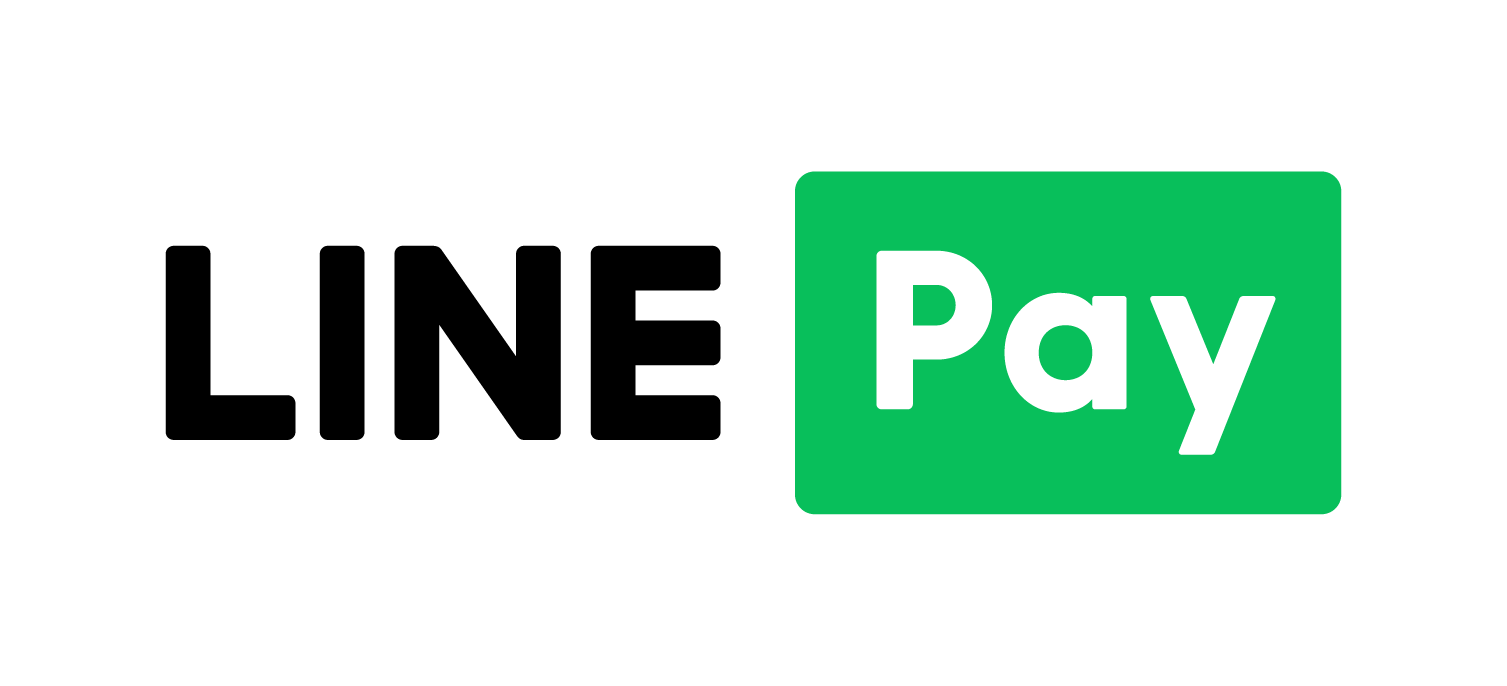
基礎資料結構使用C++ (Fundamentals of Data Structures in C++, 2/e) (2版)
相關熱銷的書籍推薦給您
原文書資訊
書名:Fundamentals of Data Structures in C++ 2007 <SP> 0-929306-37-6,2/E <SP>
作者: HOROWITZ
ISBN: 9780929306377
出版社: SP
出版年: 2006年
中文書資訊
書名: 基礎資料結構使用C++ (第二版)
作者: Horowitz/ 戴顯權
ISBN: 9789868359703
出版社: 開發
出版年: 2007年
立即查看

C++ HOW TO PROGRAM : LATE OBJECTS VERSION (7版)
相關熱銷的書籍推薦給您
書名:C++ HOW TO PROGRAM : LATE OBJECTS VERSION 7/E
作者:DEITEL
出版社:PEARSON
出版日期:2010/00/00
ISBN:9780132484589
原價:
1490
售價:
1460
現省:
30元
立即查看

Fundamentals of Data Structures in C++ (2版)
相關熱銷的書籍推薦給您
原文書資訊
書名:Fundamentals of Data Structures in C++ 2007 <SP> 0-929306-37-6,2/E <SP>
作者: HOROWITZ
ISBN: 9780929306377
出版社: SP
出版年: 2006年
中文書資訊
書名: 基礎資料結構使用C++ (第二版)
作者: Horowitz/ 戴顯權
ISBN: 9789868359703
出版社: 開發
出版年: 2007年
原價:
1390
售價:
1362
現省:
28元
立即查看

(舊版)DATA ABSTRACTION AND PROBLEM SOLVING WITH JAVA 2001 (AW)
類似書籍推薦給您
立即查看

DATA STRUCTURES: Abstraction & Design Using Java 2/E 2010 <JW> 0-47012870-4 (2版)
類似書籍推薦給您
原價:
1700
售價:
391
現省:
1309元
立即查看

Big Data Science in Finance: Mathematics and Applications (1版)
類似書籍推薦給您
【簡介】
Explains the mathematics, theory, and methods of Big Data as applied to finance and investingData science has fundamentally changed Wall Street--applied mathematics and software code are increasingly driving finance and investment-decision tools. Big Data Science in Finance examines the mathematics, theory, and practical use of the revolutionary techniques that are transforming the industry. Designed for mathematically-advanced students and discerning financial practitioners alike, this energizing book presents new, cutting-edge content based on world-class research taught in the leading Financial Mathematics and Engineering programs in the world. Marco Avellaneda, a leader in quantitative finance, and quantitative methodology author Irene Aldridge help readers harness the power of Big Data.Comprehensive in scope, this book offers in-depth instruction on how to separate signal from noise, how to deal with missing data values, and how to utilize Big Data techniques in decision-making. Key topics include data clustering, data storage optimization, Big Data dynamics, Monte Carlo methods and their applications in Big Data analysis, and more. This valuable book: Provides a complete account of Big Data that includes proofs, step-by-step applications, and code samplesExplains the difference between Principal Component Analysis (PCA) and Singular Value Decomposition (SVD)Covers vital topics in the field in a clear, straightforward mannerCompares, contrasts, and discusses Big Data and Small DataIncludes Cornell University-tested educational materials such as lesson plans, end-of-chapter questions, and downloadable lecture slidesBig Data Science in Finance: Mathematics and Applications is an important, up-to-date resource for students in economics, econometrics, finance, applied mathematics, industrial engineering, and business courses, and for investment managers, quantitative traders, risk and portfolio managers, and other financial practitioners.
立即查看

Latent Structure and Causality: Inference from Data (1版)
類似書籍推薦給您
【簡介】
Inferring latent structure and causality is crucial for understanding underlying patterns and relationships hidden in the data. This book covers selected models for latent structures and causal networks and inference methods for these models.After an introduction to the EM algorithm on incomplete data, the book provides a detailed coverage of a few widely used latent structure models, including mixture models, hidden Markov models, and stochastic block models. EM and variation EM algorithms are developed for parameter estimation under these models, with comparison to their Bayesian inference counterparts. We make further extensions of these models to related problems, such as clustering, motif discovery, Kalman filtering, and exchangeable random graphs. Conditional independence structures are utilized to infer the latent structures in the above models, which can be represented graphically. This notion generalizes naturally to the second part on graphical models that use graph separation to encode conditional independence. We cover a variety of graphical models, including undirected graphs, directed acyclic graphs (DAGs), chain graphs, and acyclic directed mixed graphs (ADMGs), and various Markov properties for these models. Recent methods that learn the structure of a graphical model from data are reviewed and discussed. In particular, DAGs and Bayesian networks are an important class of mathematical models for causality. After an introduction to causal inference with DAGs and structural equation models, we provide a detailed review of recent research on causal discovery via structure learning of graphs. Finally, we briefly introduce the causal bandit problem with sequential intervention.
立即查看

Personal Data (Privacy) Law in Hong Kong: A Practical Guide on Compliance (Third Edition) (1版)
類似書籍推薦給您
【簡介】
With an increasing concern of personal data privacy in Hong Kong and around the world,the Office of the Privacy Commissioner for Personal Data (PCPD),Hong Kong publishes this third edition of Personal Data (Privacy) Law in Hong Kong: A Practical Guide on Compliance to provide practical guidance on the law of privacy,and the ways to protect personal data in everyday life。
This third edition will guide readers through the recent developments of personal data privacy in the local,regional and global contexts with updates on recent Administrative Appeals Board and Court decisions,and investigation reports and materials from the PCPD。 In addition,some most-concerned issues are discussed,such as ethical development and use of AI,the collection and use of personal data by employers during COVID-19,data protection under work-from-home arrangements,data security measures for ICT systems,guidelines on doxxing offences and data breach handling。 This book will certainly provide readers a comprehensive overview of current situation of personal data privacy issue。
【目錄】
Chapter 1 Introduction
Chapter 2 The Meaning of “Personal Data”
Chapter 3 The Meaning of “Collect”
Chapter 4 The Meaning of “Data User”
Chapter 5 Data Protection Principle 1
Chapter 6 Data Protection Principle 2
Chapter 7 Data Protection Principle 3
Chapter 8 Data Protection Principle 4
Chapter 9 Data Protection Principle 5
Chapter 10 Data Protection Principle 6(a) to (d) and the Data Access Provisions in Part 5
Chapter 11 Data Protection Principle 6(e) to (g) and the Data Correction Provisions in Part 5
Chapter 12 Exemption Provisions in Part 8
Chapter 13 The Commissioner’s Statutory Duties in Investigations
Chapter 14 Data Breach Handling and Notifications
Chapter 15 Criminal Offences
Chapter 16 Doxxing
Chapter 17 Cross-border Transfers of Personal Data from Hong Kong
Chapter 18 An Overview of the Mainland’s Personal Information Protection Regime
Appendix I Selected Case Notes on Court Judgments
Appendix II Major Differences between the PIPL, the GDPR and the PDPO
Appendix III Checklist for Data Users in Ensuring Compliance with the Ordinance
Appendix IV Data Subject’s Rights when his Personal Data Privacy is Infringed
看更多
原價:
3600
售價:
3060
現省:
540元
立即查看

 華通書坊
華通書坊
















